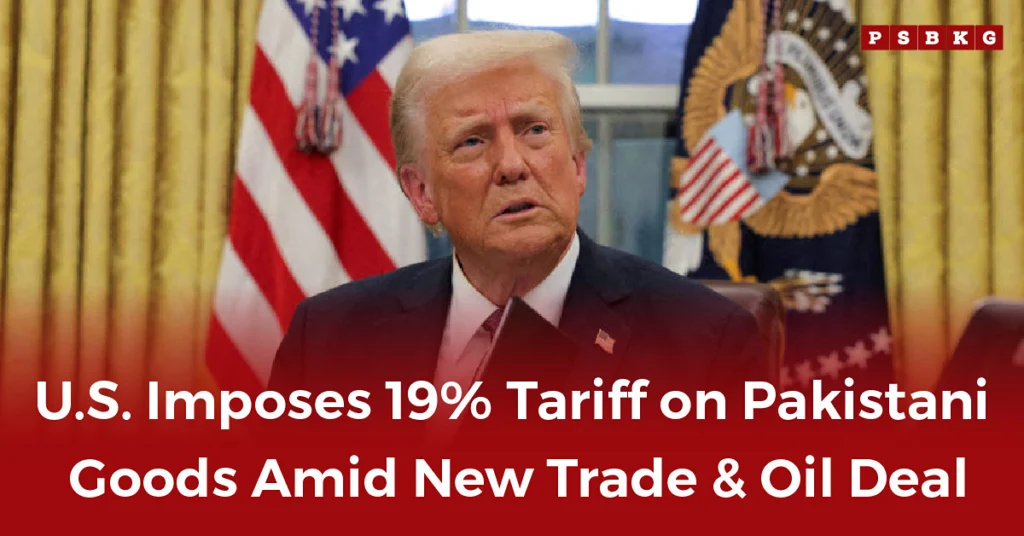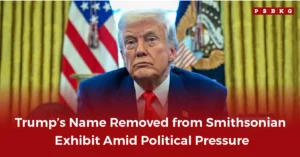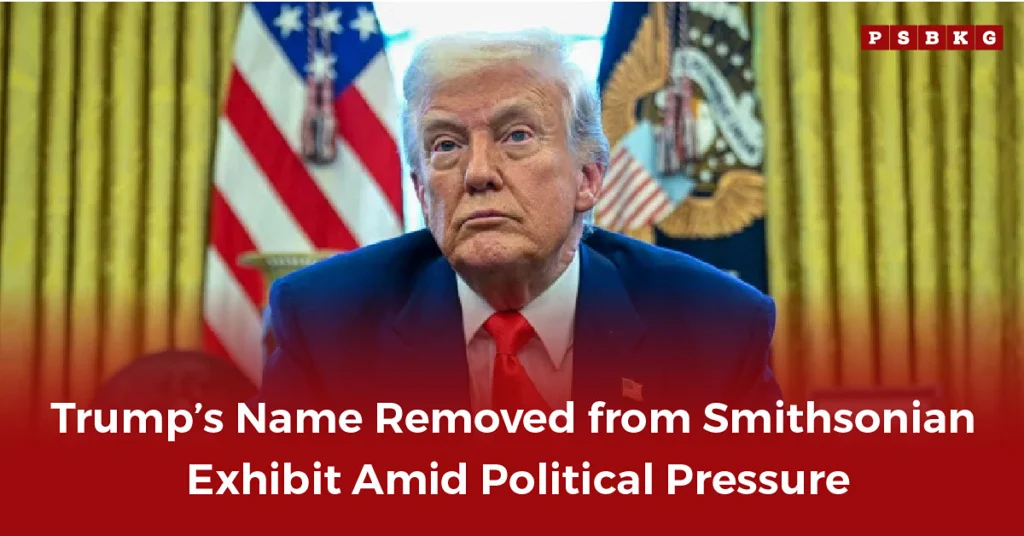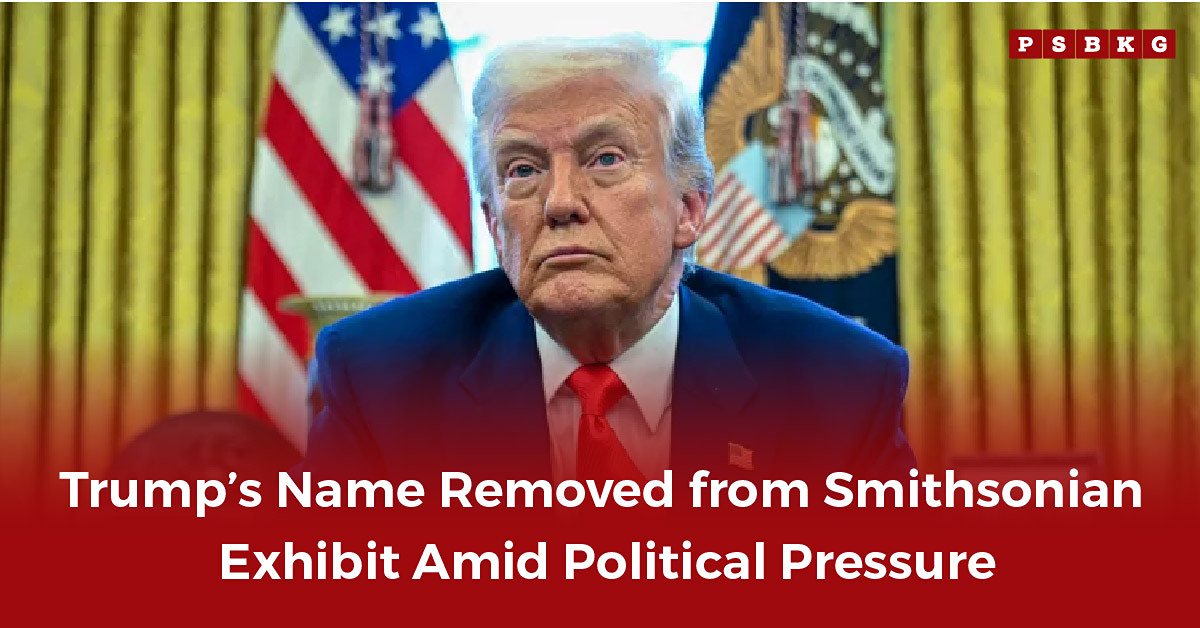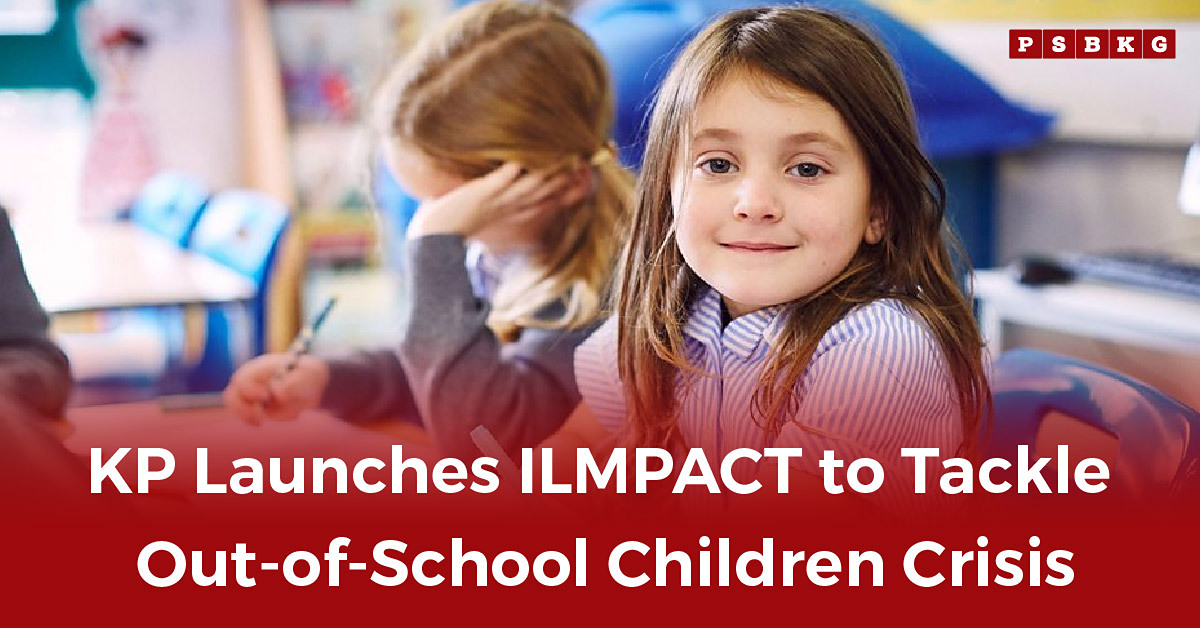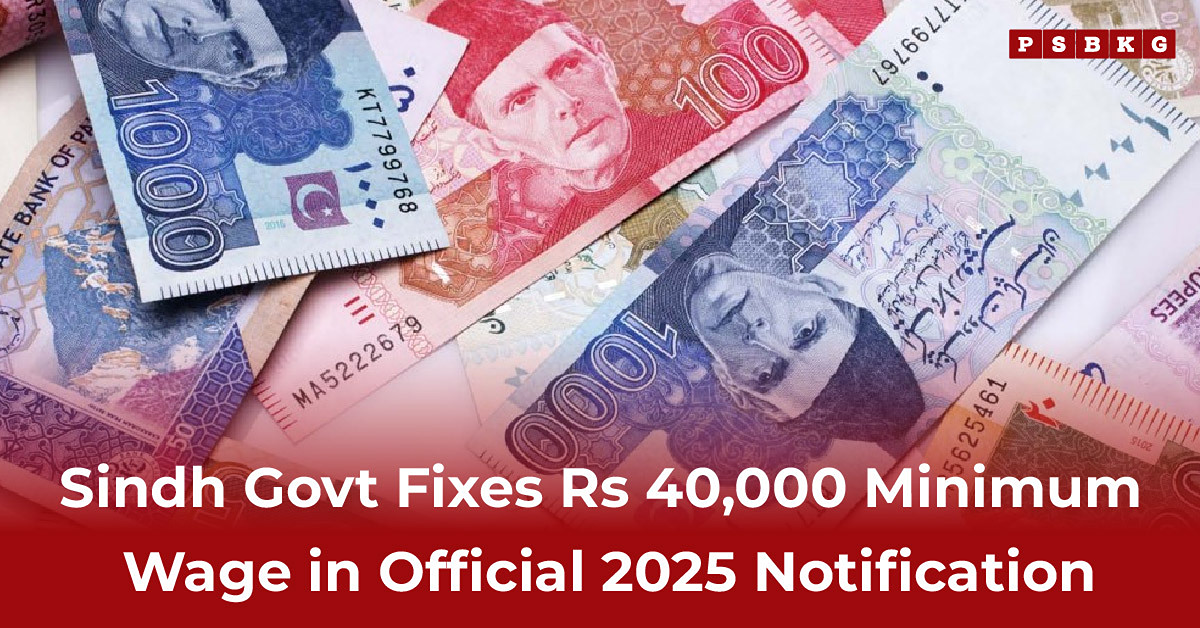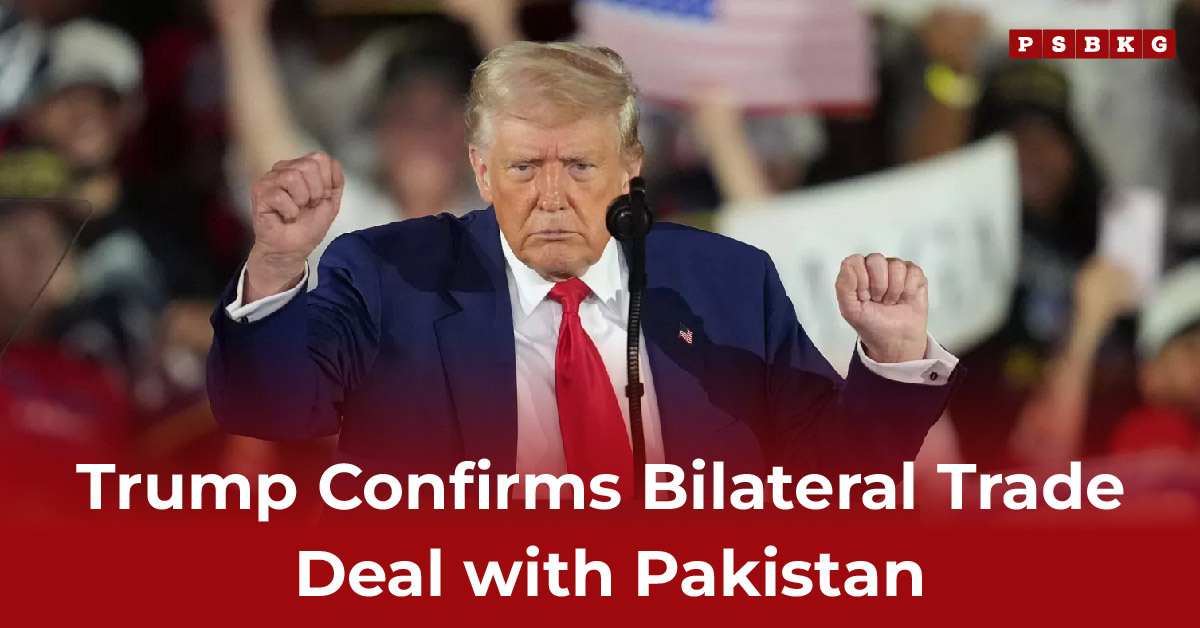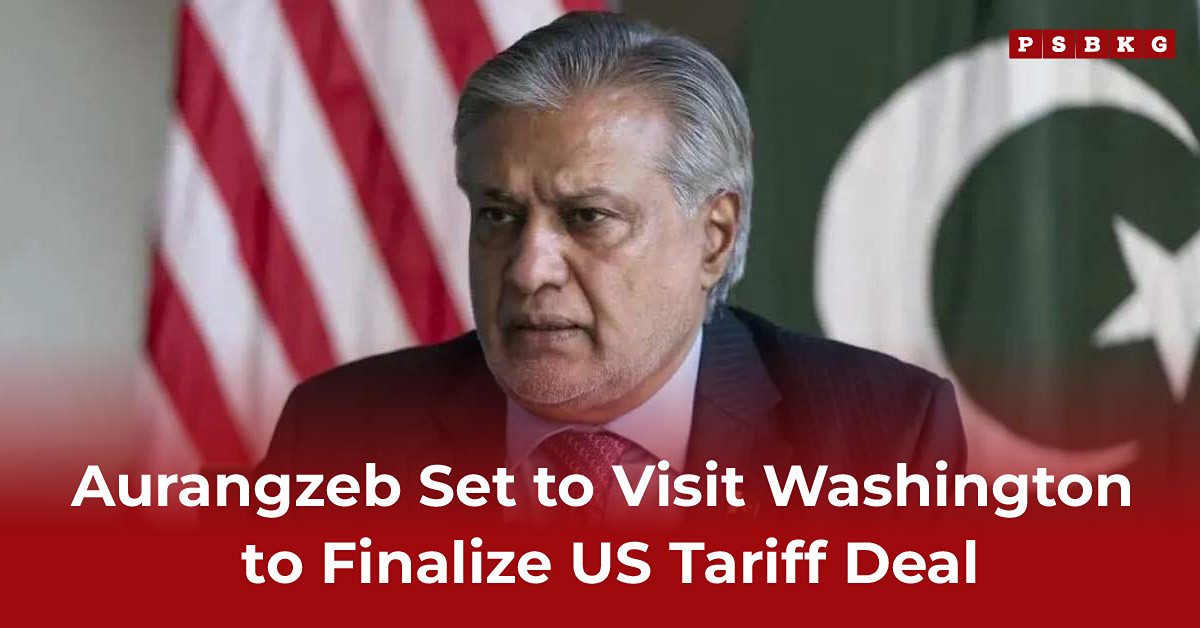Pakistan Lands on Trump’s Tariff List
Latest News: In a move that surprised many observers, U.S. President Donald Trump has included Pakistan in a sweeping new import duty package. As of August 1, 2025, an executive order imposes a 19 percent “reciprocal” tariff on all Pakistani goods exported to the United States. The new Pakistan US tariffs policy is set to take effect in just seven days, on August 7, and is part of a broader trade crackdown affecting 69 countries, with duties ranging from 10 percent up to 41 percent.
What’s Behind the Tariffs?
At its core, the policy is part of Trump’s so‑called “reciprocal tariff” strategy. He argues these higher rates are meant to correct what he sees as imbalanced trade practices and protect U.S. economic interests. Critics say the policy overstates these imbalances, Pakistan’s 19 percent tariff includes a 10 percent baseline plus a 9 percent surcharge based on trade imbalance metrics. Others suggest the move is political theatre, though few dismiss its economic impact. As one trader put it, “It’s not a drill.”
What Pakistan Stands to Lose
Pakistan relies heavily on exports to the U.S., with roughly $6–7 billion in merchandise trade annually. Apparel and textiles account for the bulk of those exports. Under the new Pakistan US tariffs policy, a 19 percent duty layered on existing charges could severely erode the country’s price competitiveness, especially compared to rivals like India and Turkey, which face lower or similar rates. Industry groups in Pakistan warn of rising costs and shrinking margins. Exporters fear reduced U.S. orders and may begin exploring other markets, though none can match the scale of the American consumer base.
Diplomatic Shifts and a New Deal
In parallel with the tariff rollout, Pakistan and the U.S. have inked a new trade and energy agreement. Earlier this week, Finance Minister Muhammad Aurangzeb met with U.S. officials including Commerce Secretary Howard Lutnick and Trade Representative Jameson Greer in Washington. Negotiators concluded a deal focusing on resolving tariff issues and exploring energy collaboration, specifically oil reserves in Pakistan that, Trump said, might even supply India someday.
Following the agreement, Pakistan’s largest oil refiner, Cnergyico, disclosed plans to import a test cargo of 1 million barrels of U.S. crude oil in October. If successful, regular monthly imports could follow, signalling a major shift in Pakistan’s energy sourcing.
On the Horizon: Negotiations and Legal Wrangling
Pakistan is still deep in talks with the U.S., trying to iron things out before the deadline hits. There’s movement, but no final deal yet, just a lot of back and forth as both sides try to find common ground. Nothing’s certain, but efforts are clearly ongoing. The aim is to ease the pressure from the new Pakistan US tariffs, hoping to reduce the 19 percent “reciprocal” rate and open doors in key sectors like mining, IT, agriculture, and energy. Meanwhile, in the U.S., courts are now questioning the legality of Trump’s tariff push. Judges handling appeals have raised concerns about the administration’s use of emergency powers under the IEEPA statute, with some rulings already re-examining the foundation of the earlier “Liberation Day” tariffs announced in April.
What It Means Going Forward
For Pakistan, the week ahead is pivotal. The 19 percent tariff on exports to the U.S., effective August 7, raises the stakes in negotiations. If talks stall and the tariff stays in place, Pakistan may see shifts in its trade flows and even consider retaliatory policies or alternate partnerships. For companies tied to U.S. trade, such as textile manufacturers, this is no small concern. On broader lines, Trump’s policy reflects a deepening of economic realpolitik. The mix of steep tariffs and selective cooperation, like oil deals, illustrates the evolving contours of U.S. trade strategy, fortifying its own leverage while reshuffling regional alignments.


